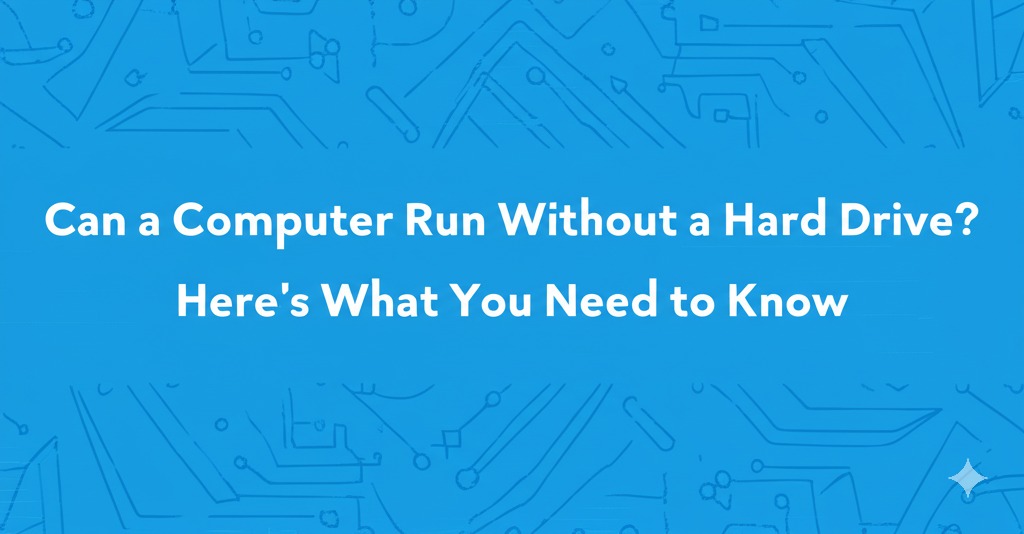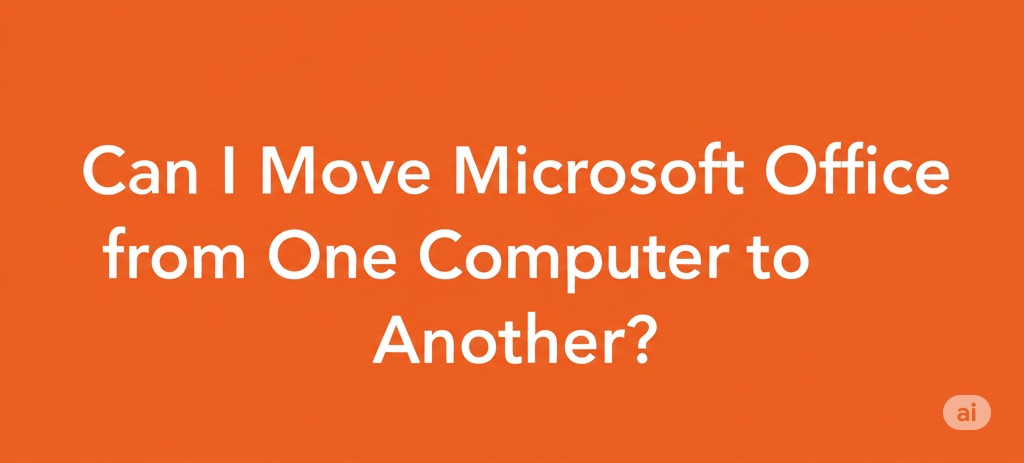Ever wondered if a computer can run without a hard drive? Whether you’re a tech enthusiast or just curious about how computers work, this question might surprise you. The short answer is yes—a computer can run without a hard drive. But how, and what are the limitations?
In this article, we’ll break down the mechanics behind it, explore real-world scenarios where it’s possible, and help you understand why a hard drive is typically essential—but not always necessary.
What Does a Hard Drive Do in a Computer?
To understand how a computer can function without a hard drive, it helps to know what a hard drive actually does.
Primary Functions of a Hard Drive:
- Storage of the Operating System (OS): The hard drive typically contains the OS, which is essential for the computer to boot up and operate.
- Data Storage: It saves files, software, games, documents, and user settings.
- Application Hosting: Most applications are installed and run from the hard drive.
Without it, your computer loses its primary long-term storage device. But that doesn’t mean it’s completely useless.
Can a Computer Turn On Without a Hard Drive?
Yes, a computer can power on without a hard drive, but it won’t boot into an operating system unless it’s loaded from another source.
What Happens When You Power It On:
- The BIOS/UEFI (firmware) will start and run diagnostics.
- You’ll likely see an error like “No bootable device found.”
- You can still access BIOS settings or use bootable external devices.
So, while the machine technically “runs,” it’s not usable in the traditional sense unless an alternative OS source is provided.
How to Run a Computer Without a Hard Drive
There are a few ways to make a computer functional without an internal hard drive. Let’s look at the most common methods:
1. Booting from a USB Flash Drive
This is the easiest and most popular method.
- You can create a bootable USB drive with operating systems like Linux or Windows.
- Plug it into the computer and select it as the boot device in BIOS.
- You can then run a full OS directly from the USB, although performance may be slower.
Pros: Portable, flexible, cost-effective
Cons: Limited speed and storage
2. Using a Live CD/DVD
Some lightweight operating systems offer Live CD/DVD options.
- Boot the system directly from an optical drive.
- No installation required—everything runs in RAM.
Best For: Diagnostics, system recovery, trying out Linux distros
3. Network Booting (PXE Boot)
In enterprise environments, computers can boot from an operating system image stored on a network server using PXE (Preboot Execution Environment).
- Requires proper configuration on the server and client side.
- Often used for diskless workstations or in virtual environments.
Pros: Centralized management
Cons: Complicated setup, network dependency
Use Cases for Running Without a Hard Drive
While it’s not ideal for everyday use, running a computer without a hard drive has valid use cases:
- System diagnostics and repairs
- Temporary access to files
- Educational and testing environments
- Lightweight Linux systems for secure browsing
- Diskless network clients in business settings
Limitations of Not Having a Hard Drive
While it’s technically possible, not having a hard drive creates several restrictions:
- No permanent storage: All changes are lost after shutdown (unless saved externally).
- Limited performance: External devices are slower than internal SSDs or HDDs.
- Software compatibility issues: Some programs won’t run properly from removable drives.
In other words, it’s feasible—but far from optimal for long-term or intensive tasks.
Alternatives to a Traditional Hard Drive
You might not need a traditional spinning hard disk, but you do need some kind of storage. Here are the most common alternatives:
🔹 Solid-State Drive (SSD)
- Much faster and more reliable than HDDs.
- Can easily replace traditional hard drives in most systems.
🔹 External Hard Drives
- Portable and can serve as bootable OS devices.
- Useful for backups and storage expansion.
🔹 Cloud-Based Systems
- Chromebooks rely heavily on cloud storage.
- Minimal internal storage required.
Final Thoughts: Can You Run a Computer Without a Hard Drive?
Yes, a computer can run without a hard drive, but it depends on how you define “run.” You’ll need to use alternative boot methods like a USB drive, network boot, or live CD to load an operating system. While it’s a fun experiment or useful for specific purposes, it’s not practical for daily use without some form of persistent storage.

Caleb Carlson is a contributing writer at Computer Site Engineering, specializing in computer technology, software trends, and hardware innovations. His articles simplify complex tech topics, making them accessible to readers of all levels.





